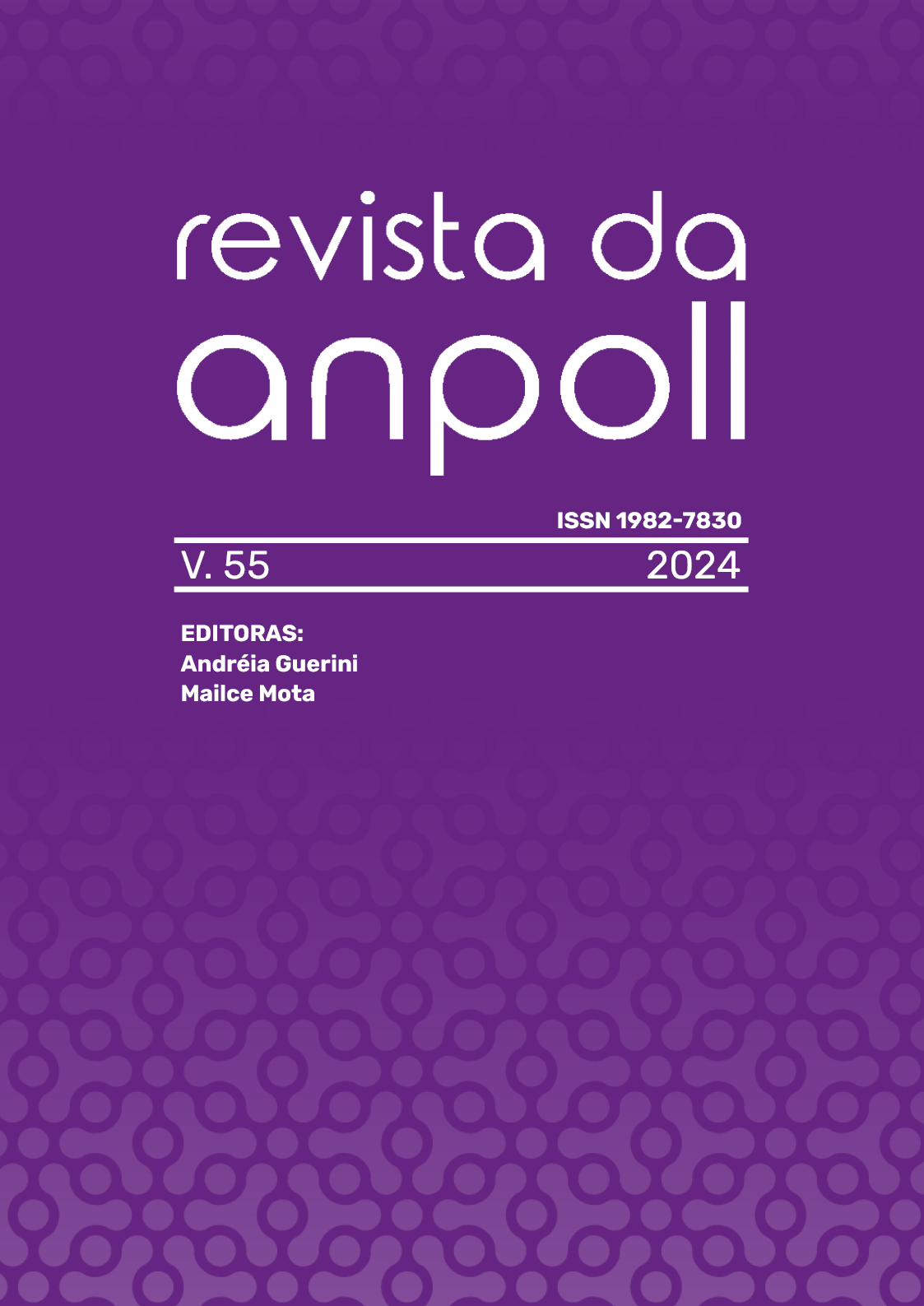Wallace Stevens: Two anecdotes
DOI:
https://doi.org/10.18309/ranpoll.v55.1946Keywords:
Stevens, Harmonium, anecdotes, order, disorderAbstract
This essay aims to discuss two anecdotes by Wallace Stevens, “Earthy Anecdote” (1918), and “Anecdote of the Jar” (1919), which are part of the poet’s first book, Harmonium, published in 1923. The purpose of analyzing these poems is to present three interrelated interpretative hypotheses regarding the author’s poetic work: for Stevens, 1) the politics of poetry is related to a clash between the ideas of order and disorder, capable of bending lines and borders, contours and spaces ; 2) the result of what we could call a politics of interference cannot be operationalized, resisting the process of interpretation or attribution of meanings; 3) precisely because it does not allow itself to be captured, the creative gesture requests the permanent reframing of the same dilemmas based on variations in the way of conceiving or facing them. At a time when the politics of literature is fundamentally thought of in an operational way, the play of lines in Stevens gains an unexpected relevance.
Downloads
References
BATES, Milton. Wallace Stevens: A Mythology of Self. Berkeley; Los Angeles; London: University of California Press, 1985.
CAMPOS, Augusto de (org.). Poesia da recusa. Coleção signos 42. São Paulo: Editora Perspectiva, 2006.
CRITCHLEY, Simon. Things Merely Are: Phhilosophy in the Poetry of Wallace Stevens. London; New York: Routledge, 2005.
COOK, Eleanor. A Reader’s Guide to Wallace Stevens. Princeton; Oxford: Princeton University Press, 2007.
DURÃO, Fabio A. Do Texto à Obra e Outros Ensaios. Curitiba: Appris, 2019.
DURÃO, Fabio A. Teoria (Literária) Americana: Uma Introdução Crítica. Campinas: Autores Associados, 2011.
FUNARI, Alessandro P. “Traduções do Harmonium”. Caleidoscópio: Literatura e Tradução, v. 5, n. 1, p. 131-162, jun./dez. 2021.
FUNARI, Alessandro P. “Traduzir ‘Anecdote of the Jar’, de Wallace Stevens. TradTerm, São Paulo, v. 34, p. 106-120, nov. 2019.
GOSSMAN, Lionel. “Anecdote and History”. History and Theory, v. 42, p. 143-168, may 2003.
HAN, Gül Bilge. Wallace Stevens and the poetics of modernist autonomy. New York: Cambridge University Press, 2019.
HILLIS-MILLER, J. Poets of Reality: Six Twentieth-Century Writers. Cambridge: The Belknap Press of Harvard University Press, 1965.
HOUAISS, Antônio; VILLAR, Mauro de Salles. Dicionário Houaiss da Língua Portuguesa. Rio de Janeiro: Objetiva, 2001.
JARRAWAY, David R. Wallace Stevens among Others Diva-Dames, Deleuze, and American Culture. Montreal; Kingston: McGill-Queen’s University Press, 2015.
LEGGETT, B. J. Early Stevens: The Nietzschean Intertext. Durham; London: Duke University Press, 1992.
LENTRICCHIA, Frank. Ariel and the Police. Madison: University of Wisconsin Press, 1988.
MACLEOD, Glen. Wallace Stevens and Modern Art: From the Armory Show to Abstract Expressionism. New Haven: Yale University Press, 1993.
NICHOLSON, Mervyn. “The Riddle of the Firecat”. The Wallace Stevens Journal, v. 22, n. 2, p. 133-148, 1998.
STEVENS, Wallace. Collected Poetry & Prose. New York: The Library of America, 1997.
STEVENS, Wallace. Letters of Wallace Stevens. Selected and Edited by Holly Stevens. Los Angeles: University of California Press, 1996.
STEVENS, Wallace. O imperador do sorvete e outros poemas. Tradução e apresentação de Paulo Henriques Britto. São Paulo: Companhia das Letras, 2017.
TAN, Ian. Wallace Stevens and Martin Heidegger: Poetry as Appropriative Proximity. Singapore: Palgrave Macmillan, 2022.
VENDLER, Helen. Wallace Stevens: Words Chosen out of Desire. Cambridge; London: Harvard University Press, 1984.
WINTERS, Yvor. On Modern Poets. New York: Meridian Books, Inc., 1959.
Downloads
Published
How to Cite
Issue
Section
License
Copyright (c) 2024 Revista da Anpoll

This work is licensed under a Creative Commons Attribution 4.0 International License.
Os trabalhos publicados na Revista da Anpoll são licenciados sob os termos da licença Creative Commons Atribuição 4.0 Internacional. Assim, os/as autores/as ou terceiros podem copiar e redistribuir o material licenciado em qualquer suporte ou formato, e remixar, transformar, ou criar a partir do material desde que sejam dados os devidos créditos ao trabalho original. Ressalta-se que a redistribuição, transformação ou criação, de iniciativa de dos/as autores/as ou de terceiros, deve mencionar a precedência de sua publicação neste periódico, citando-se o volume, número e data desta publicação.






